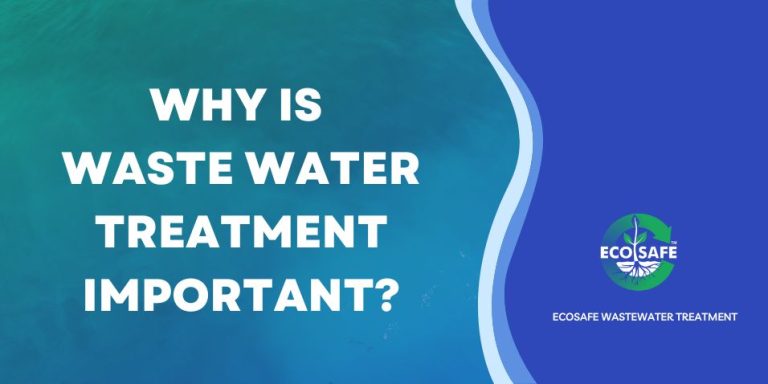What Does Reclaim Waste Mean?
Table of ContentsReclaim Waste for DummiesTop Guidelines Of Reclaim WasteThe Ultimate Guide To Reclaim WasteAll About Reclaim WasteUnknown Facts About Reclaim Waste
Explore the kinds, occurrences, and types of fluid waste. Residential sewage waste refers to the waste and products from a household sewage-disposal tank. This kind of waste is developed by humans in residences, colleges, and other buildings. This only consists of sewage-disposal tanks that have a drain field. The correct management and disposal of domestic sewer waste need liquid waste to be moved to a sewer therapy plant where the proper methods and tools are applied to detoxify and get rid of waste.
Industrial waste commonly consists of prospective threats, such as flammable products or a blend of fluid and strong waste products, and calls for an advanced and in-depth disposal process. The disposal of business waste generally entails the filtering of waste prior to transportation to guarantee safe and proper disposal. Industrial waste is created from by-products and runoff of commercial procedures and manufacturing.
This kind of waste can not utilize the same sewer monitoring transport or procedures as septic or business liquids. The hazardous waste monitoring procedure calls for the evaluation and testing of liquid waste prior to it undertakes the disposal procedure (liquid waste removal). Drainage waste is the liquid waste that originates from drainage and excess stormwater in very booming areas or cities
Overflow waste can trigger contamination and flooding otherwise handled correctly. Learn a lot more about drain cleaning and waste administration. Ensuring correct waste administration can avoid calamities and reduce environmental harm. Both individuals in residential settings and professionals in industrial or production markets can gain from recognizing the procedures and regulations of fluid waste management.
Reclaim Waste Things To Know Before You Get This
Contact PROS Solutions today to learn more about our waste monitoring and disposal solutions and the proper ways to take care of the fluid waste you produce.
(https://www.openstreetmap.org/user/reclaimwaste1)This so-called 'wastewater' is not just a vital resource however, after treatment, will be launched to our land, waterways or the ocean. Made use of water from commodes, showers, bathrooms, kitchen area sinks, washings and industrial processes is recognized as wastewater.

water utilized to cool equipment or tidy plant and tools). Stormwater, a type of wastewater, is overflow that streams from agricultural and metropolitan locations such as roofing systems, parks, gardens, roads, courses and seamless gutters right into stormwater drains pipes, after rainfall. Stormwater moves untreated straight to local creeks or rivers, ultimately getting to the sea.
Unknown Facts About Reclaim Waste
In Queensland, a lot of wastewater is dealt with at sewer treatment plants. Wastewater is transferred from domestic or industrial websites with a system of sewers and pump terminals, called sewerage reticulation, to a sewage therapy plant. Neighborhood federal governments construct, preserve and operate most sewage therapy plants. Operators are accredited under the Environmental Protection Act 1994 to release treated wastewater at an acceptable environmental criterion into waterways.
The Department of Natural Resources encourages neighborhood federal governments concerning handling, operating and keeping sewerage systems and treatment plants. In unsewered areas, city governments may require owners to install individual or family sewer treatment systems to deal with residential wastewater from bathrooms, cooking areas, bathrooms and laundries. The Division of Natural Resources authorizes making use of home systems when they are confirmed to be effective.
In some brand-new class, treatment of some stormwater to eliminate clutter, sand and gravel has started using gross pollutant traps. Wastewater therapy occurs in four stages: Eliminates strong issue.
Wastewater after that streams into big tanks where solids settle and are gotten rid of link as sludge. Oil and scum are skimmed from the surface area. Uses tiny living organisms called micro-organisms to damage down and get rid of remaining dissolved wastes and great bits. Micro-organisms and wastes are integrated in the sludge. Eliminates nitrogen and phosphorus nutrients that can create algal flowers in our rivers and endanger aquatic life.
The Main Principles Of Reclaim Waste
Nutrient elimination is not readily available in all sewage therapy plants due to the fact that it requires costly specialised tools. It is coming to be extra typical in Queensland. Clear liquid effluent produced after treatment might still have disease-causing micro-organisms. If this effluent is released right into rivers such as rivers or the sea, the micro-organisms will at some point pass away out.

The majority of wastewater streams into the sewage system. Under the Act, regional federal governments administer approvals and permits for ecologically appropriate tasks (ERAs) including wastewater launches that may have a neighborhood impact.
The Best Strategy To Use For Reclaim Waste
Otherwise, examples are considered laboratory analysis. Commonly lots of tests are needed to develop the levels of each of the different contaminants such as oils, hefty metals and chemicals in water. Monitoring gives factual details concerning water quality and can validate that licence problems are being fulfilled. The details acquired through tracking provides the basis for making water high quality choices.